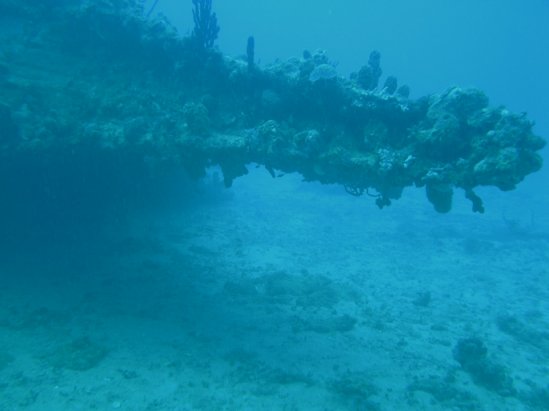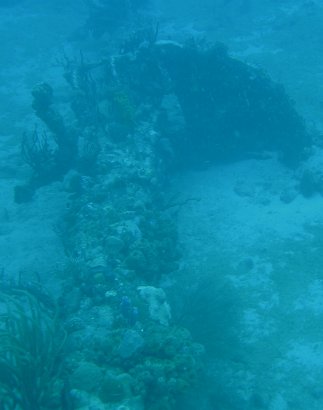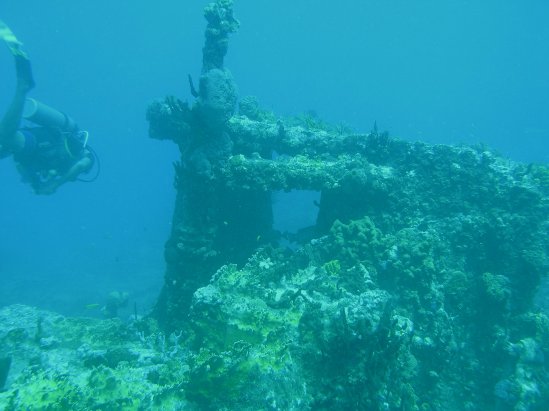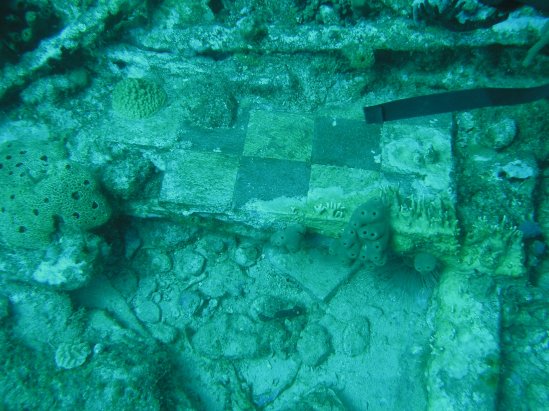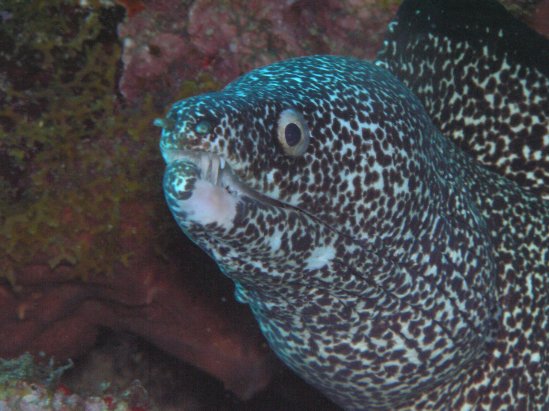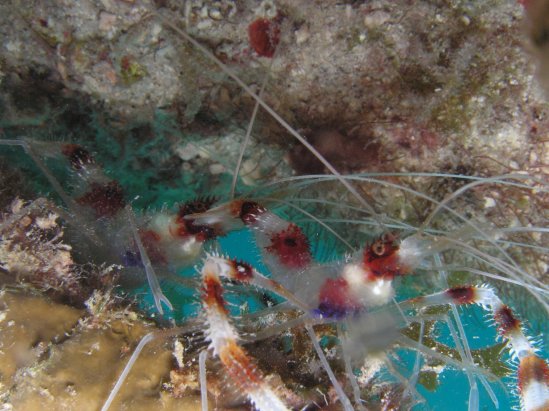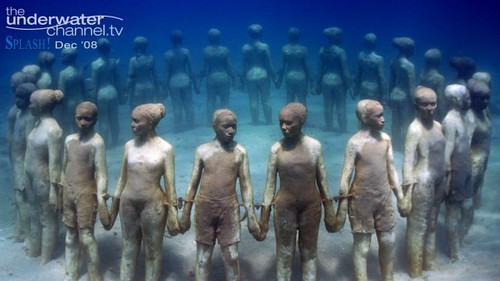In part 1 of this review, I told you the things I liked about Genesis and The Big Bang by Dr. Gerald L. Schroeder. Now I want to move on to the things I didn’t like about the book. As I already mentioned, Dr. Schroeder seems firmly committed to the Big Bang model, despite its many problems. However, that’s not my main concern. While there are a lot of problems with the Big Bang model, there are some data that support it, so it is not irrational to choose to work with that paradigm. My problems with the book go much deeper than that.
My first problem is that Dr. Schroeder has either not investigated the myriad of opinions of ancient Jewish theologians, or he conveniently doesn’t tell the reader about them. He wants to make the case that he is getting his theology from sources that have not been influenced by modern science. He chooses four theologians (Onkelos, Rashi, Maimonides, and Nahmanides) that he says have “withstood time’s test,” and he says:
Because their commentaries were written long before the advent of modern physics, we avoid the folly of using interpretations of tradition that may have been biased by modern scientific discoveries. (p. 18)
I have two problems with this statement. First, there are many more than four ancient Jewish theologians who have “withstood the test of time.” I am not even Jewish, and I can name several more off the top of my head: Philo Judaeus, Akiba ben Yossef, Saadiah ben Yosef Gaon, Abraham ibn Daud, etc., etc.

